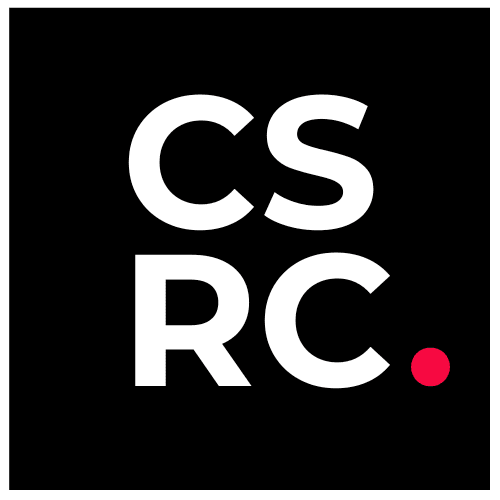Addressing Skills Gap and Training Needs in Australian Hairdressing
Understanding the Skills Gap in Australian Hairdressing
The hairdressing industry in Australia is facing a significant skills gap, impacting both businesses and clients. This gap arises from a combination of factors, including evolving fashion trends, technological advancements, and a shortage of adequately trained professionals. To maintain the industry's standard and enhance customer satisfaction, it's critical to address these disparities effectively.
One of the primary challenges is keeping up with the fast-paced changes in hairdressing techniques and styles. New methods and tools are constantly emerging, requiring hairdressers to continually update their skills. However, many professionals find it difficult to access ongoing training opportunities, leading to a lag in their ability to deliver cutting-edge services.

Identifying Training Needs
To bridge the skills gap, it is essential first to identify the specific training needs within the industry. A comprehensive assessment can pinpoint areas where current skills fall short and where additional training is necessary. This assessment should involve input from various stakeholders, including salon owners, educators, and industry experts.
Key areas often highlighted include advanced coloring techniques, modern cutting styles, and efficient use of digital tools for salon management. By focusing on these areas, training programs can be tailored to meet the most pressing needs of professionals and ensure they are well-equipped to handle industry demands.
Developing Effective Training Programs
Once training needs are identified, the next step is to develop effective training programs. These programs should be flexible and accessible, allowing hairdressers to learn at their own pace and convenience. Online modules, workshops, and hands-on sessions can offer a balanced approach to learning.
Engaging experienced professionals as trainers can provide valuable insights and practical knowledge. Additionally, incorporating feedback mechanisms within these programs ensures that they remain relevant and effective over time. By adopting a continuous improvement approach, training initiatives can adapt to emerging trends and technologies.

The Role of Industry Collaboration
Addressing the skills gap in hairdressing requires collective effort from all sectors of the industry. Collaborative partnerships between training institutions, salons, and industry associations can create a unified approach to professional development. These partnerships can facilitate resource sharing and provide broader access to training opportunities.
Moreover, industry collaboration can lead to the standardization of qualifications and certifications. Establishing clear benchmarks for skills and competencies ensures that all professionals meet high standards of practice, enhancing the overall quality of services offered to clients.
Investing in the Future
Bridging the skills gap in Australian hairdressing is not just about meeting current demands but also investing in the future of the industry. By prioritising continuous training and fostering collaboration, stakeholders can ensure that hairdressers are well-prepared to deliver exceptional services that meet evolving client expectations.
Ultimately, addressing these challenges will lead to a more dynamic, capable workforce and contribute to the growth and success of the Australian hairdressing industry as a whole.
